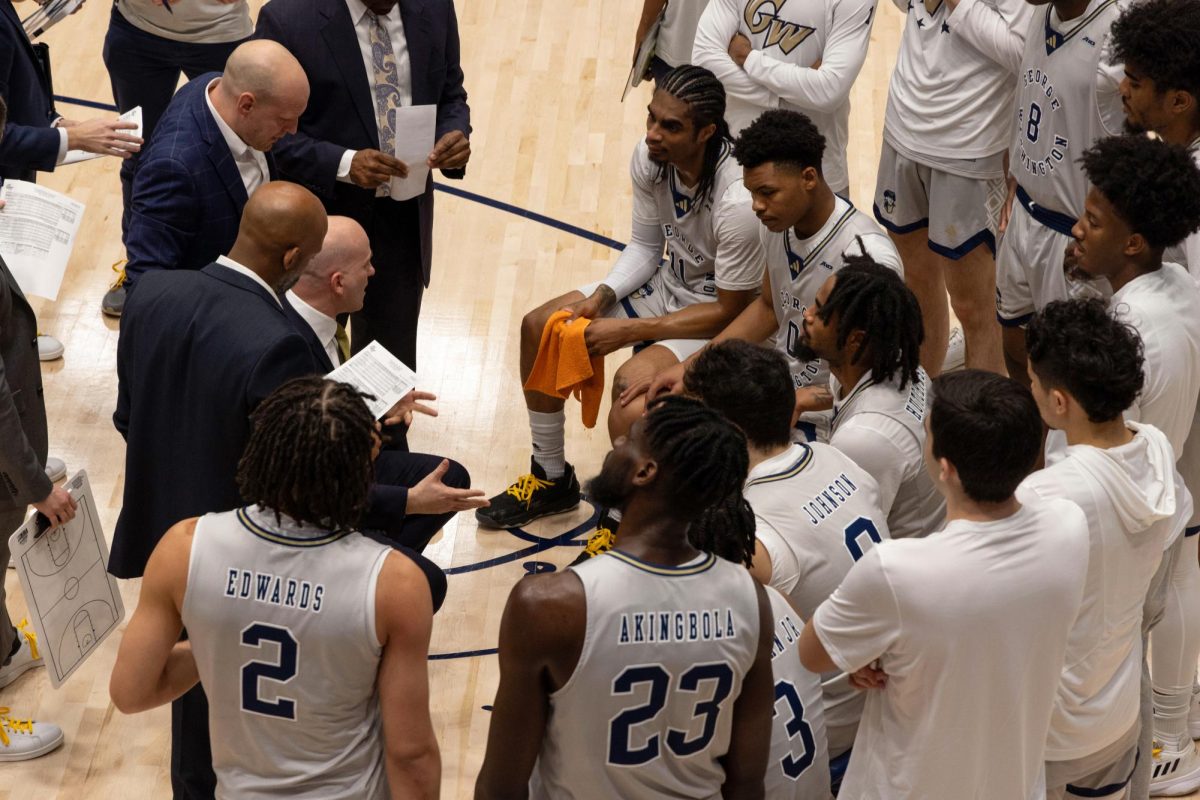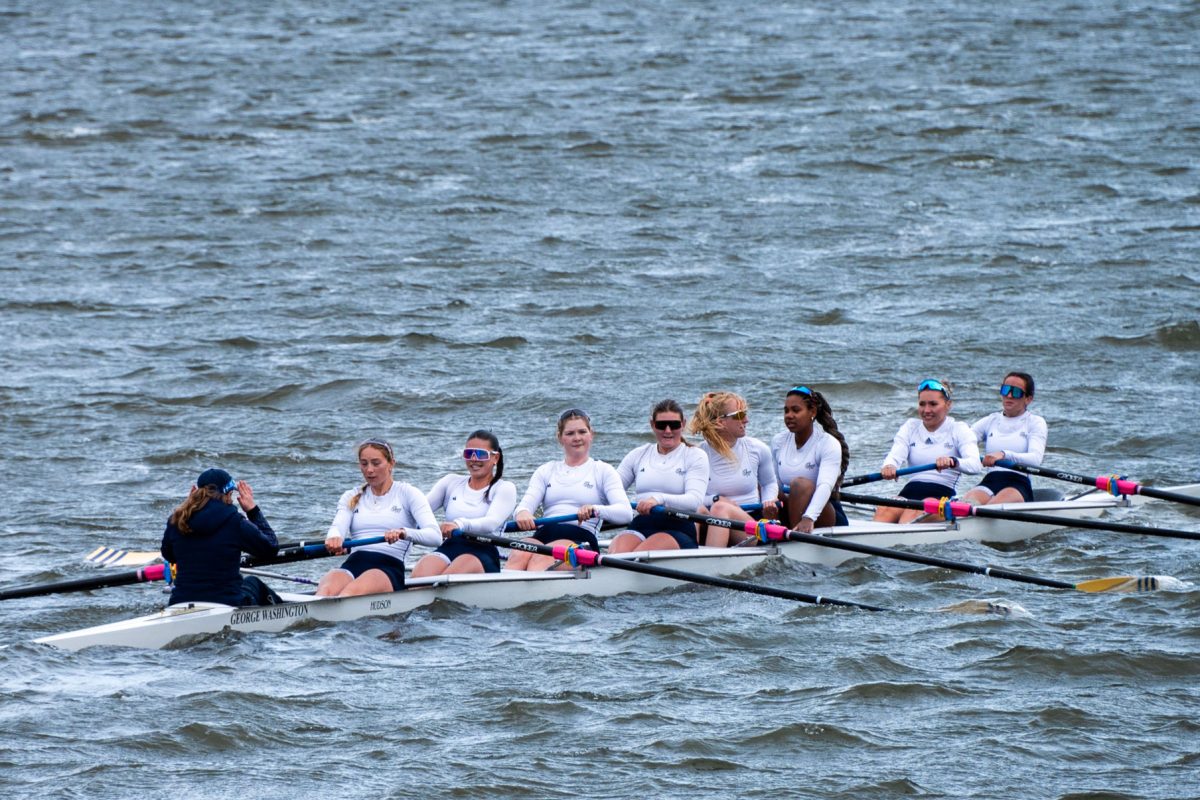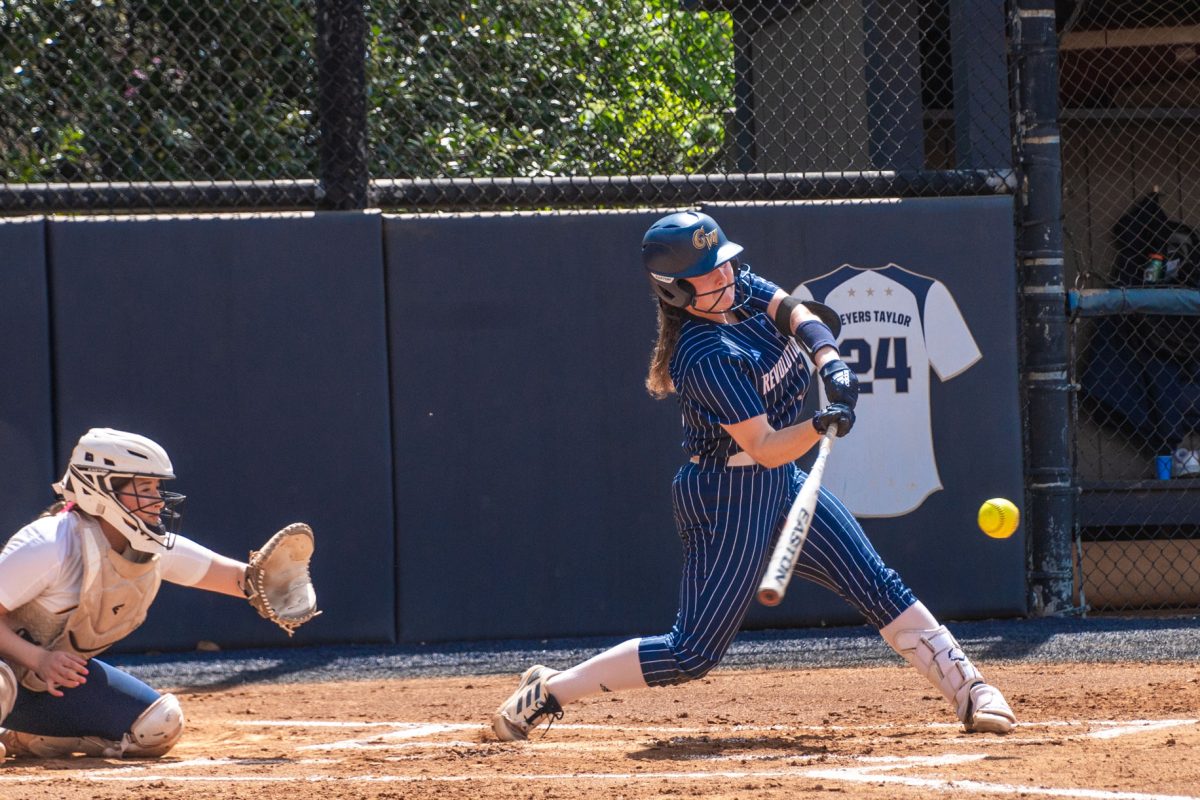GW officials hoped students would be able to use the indoor tennis courts at the Mount Vernon Campus by this summer, but problems with the facility persist.
After a cement problem on one court last fall required reconstruction, further problems caused the air-compressed bubble that covered half of the 12 courts to be removed after the spring sports season. Each of the six former indoor courts are currently being redone, keeping half the state-of-the-art facility closed until late fall at the earliest.
Drainage problems from rain and snow were the major contributing factors in the decision to remove the bubble, which was constructed in 2001 as part of the multi-sport Mount Vernon Athletic Complex. The edges of the bubble were too close to the soccer/lacrosse field and clock tower, causing drainage problems in those areas, said Assistant Athletic Director of Facilities Tony Vecchione.
“(The bubble) was very, very expensive (to maintain),” Director of Athletics Jack Kvancz told The Hatchet in May. “That’s not the reason it’s gone, but … last year the cost of snow removal from the bubble was (very high).”
The bubble was also tied into the problems that originated with the courts, one of which was rendered unplayable before the 2003 spring tennis season. The top half of the concrete slab under Court Three dried more quickly than the bottom half, creating a bump in the court known as curling.
While the GW tennis teams were able to play on the other five courts during their short indoor season in the spring, it became evident that similar problems were occurring on those courts, too. Officials decided that a complete overhaul of all the courts was necessary as well as the removal of the bubble.
Athletic officials declined to comment on the cost of construction and reconstruction, and Executive Director of Facilities Roger Lyons did not return several phone calls from The Hatchet last month.
Despite the problems the facility caused in its short existence, Vecchione said GW athletic officials are not frustrated.
“We can cope with the situation because we understand it, and (the courts) will now be better in the long run,” he said. “The University has taken every measure to make sure things are done in the right way and we appreciate that.”
Structural engineer Patrick Cohen has been a consultant on the Mount Vernon Athletic Complex since the courts were created, and Vecchione said Cohen devised a reconstruction plan that should avoid any reoccurrence of the curling problem. The concrete used to rebuild the courts will be thicker than it was the first time and a different application process will be used to lay it. The seams where the courts curled will also be reinforced.
Officials said the new courts should be done by late fall 2003 but that if the persistent rain in Washington returns, that date could be pushed back.
“They’re saying the beginning of October,” Kvancz said. “I’m saying, ‘Good, sometime in November.'”
Six of the 12 courts at Mount Vernon will be lit for night play and, once the courts are done, they will be available to the varsity teams as well as GW students.
At that time, Vecchione said athletic and facilities officials will have to wait a full year to watch the expansion and contraction of the cement and determine if any further problems occur.
-Brian Costa contributed to this report.







